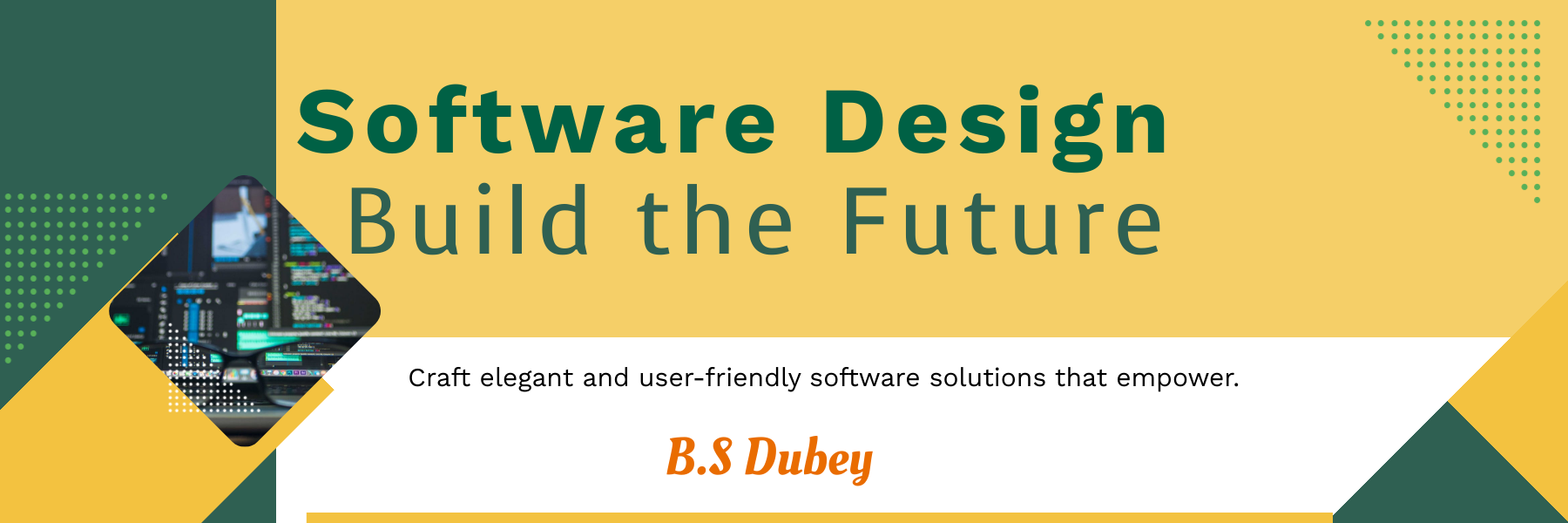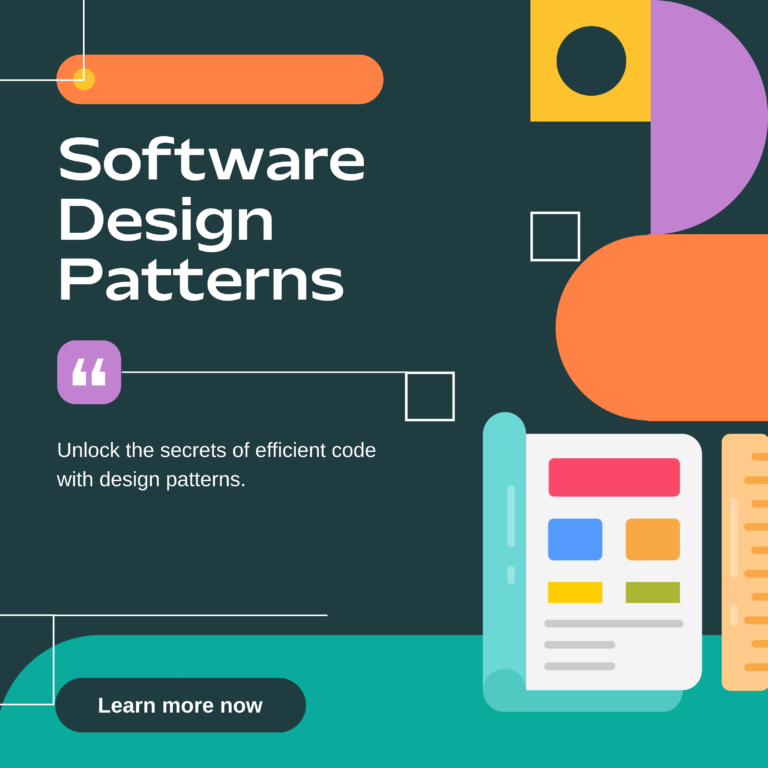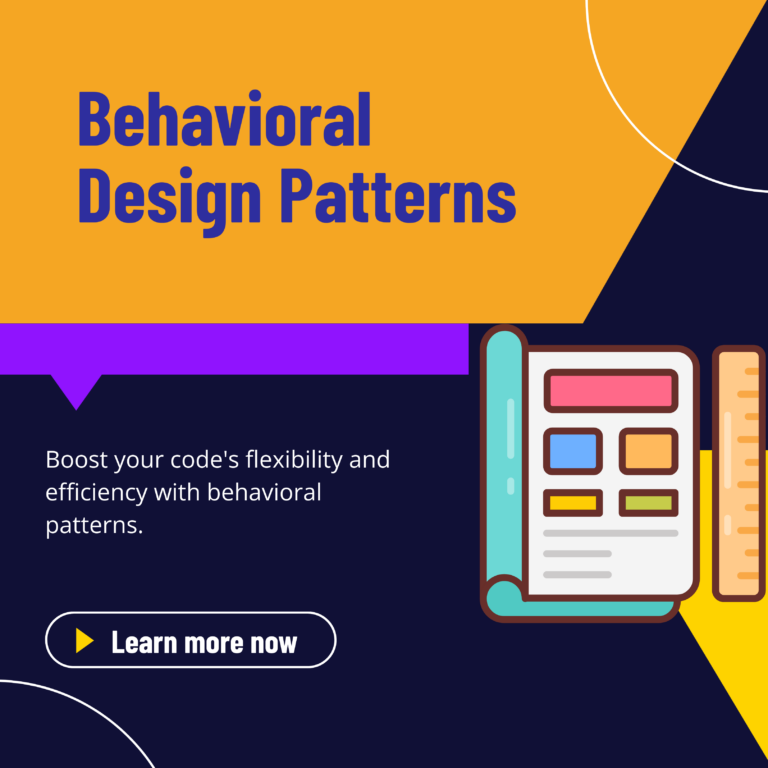Software Design
Software design is a crucial phase in the software development process that involves creating a blueprint for the system’s architecture and components. It focuses on defining the system’s structure, interfaces, and data to meet specified requirements and ensure functionality, performance, and scalability. This design process includes selecting appropriate design patterns, data structures, and algorithms, as well as establishing coding standards and guidelines. A well-thought-out software design not only facilitates efficient development and maintenance but also ensures that the system is robust, secure, and capable of adapting to future changes and enhancements.
Type of Software Design Pattern
Software design patterns are proven solutions to common problems encountered during software development. They offer a standardized way of designing and building software, ensuring efficiency, readability, and maintainability. There are several types of software design patterns, broadly categorized into three groups: creational, structural, and behavioral patterns.
Creational patterns focus on object creation mechanisms, optimizing the instantiation process in a way that suits the situation at hand. Examples include the Singleton, Factory, and Builder patterns. Structural patterns, on the other hand, deal with object composition, defining ways to combine objects and classes to form larger structures. Examples include the Adapter, Composite, and Decorator patterns.
Event-Driven Architecture with Chain of Responsibility Design Pattern
The article “Event-Driven Architecture with Chain of Responsibility Design Pattern” on w3process.com delves into the integration of event-driven architecture with the Chain of Responsibility design pattern to enhance software responsiveness and flexibility. It explains how this combination allows for a dynamic flow of events through a series of handlers, each capable of processing or passing the event along the chain. This design approach promotes decoupling and scalability, enabling more efficient handling of complex workflows and improving system maintainability. The article provides practical insights and examples to help software professionals implement this powerful architectural strategy effectively.
Behavioural Design Patterns
Behavioural Design Patterns – A Practical Handbook for Software Professionals serves as an essential guide for developers aiming to enhance their software design skills. This resource delves into behavioral design patterns, which are crucial for managing complex communication between objects and ensuring efficient collaboration. By providing practical examples and in-depth explanations, the handbook helps software professionals understand how to implement patterns like Observer, Strategy, and Command to improve code maintainability and flexibility. Through this comprehensive approach, developers can create more robust, scalable, and maintainable software systems, ultimately leading to more efficient and effective software development practices.
Observer Design Pattern
The “Observer Design Pattern: A Practical Guide for Software Professionals” provides an essential exploration of the Observer design pattern, which is pivotal in creating responsive and modular software. This guide explains how the Observer pattern facilitates efficient communication between objects, allowing one object (the subject) to notify others (observers) about state changes without needing to tightly couple them. Through practical examples and detailed explanations, the guide demonstrates the implementation of this pattern, enabling software professionals to build more flexible and maintainable applications. By mastering the Observer pattern, developers can significantly enhance their ability to manage complex interactions within their software systems.
The Art of User Experience Design
The art of user interface design is crucial for software professionals, as it distinguishes between good and bad practices that can significantly impact user experience. Good UI design practices focus on creating intuitive, responsive, and aesthetically pleasing interfaces that facilitate user engagement and satisfaction. This involves using clear and consistent navigation, optimizing load times, and ensuring accessibility for all users. In contrast, bad UI design can lead to user frustration and abandonment, characterized by cluttered layouts, inconsistent design elements, and poor responsiveness. By adhering to best practices, software professionals can enhance usability, drive user retention, and achieve overall success in their projects.







